It was 3 o’clock on a cold winter morning, and Brendon Elerick and his friends were out tagging. They were in Downtown Berkeley, on the corner of the bustling Ashby Bart station, when they spotted their next hit — a 3-story building covered with wooden lattices.
The group scrambled up the side of the building onto a balcony. They had just finished hitting the wall and were climbing back down when Brendon saw it — a cop car, sitting directly below them. The lights were flashing. They’d been spotted.
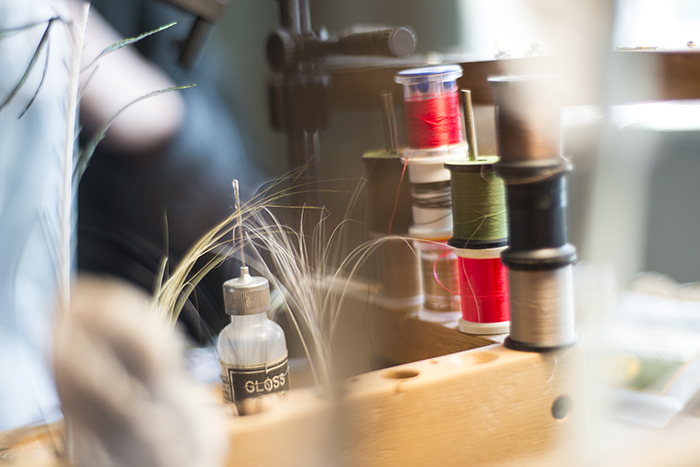
“Out there it’s a super big deal if you get caught with paint in your backpack because they know exactly what you’re doing,” Brendon said.
Anyone caught tagging in Berkeley could be charged with a fine ranging from $1,000 to $50,000. The tagger could face hundreds of hours of community service or even jail time.
The group ran.
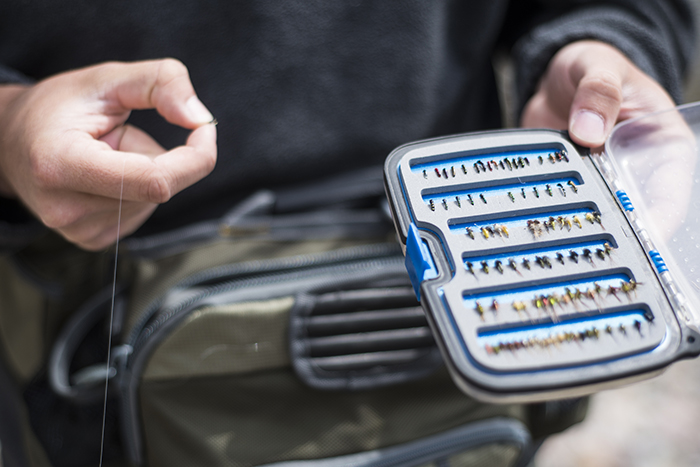
Brendon had many nights like that throughout his young adulthood. He loved the adrenaline rush, and the freedom of running around the streets of San Francisco in the middle of the night.
“It was like the city was ours,” Brendon said.
But Brendon also had family who lived in Montana, and he grew up fly fishing in the rivers under the Big Sky. When Brendon turned 21, he and his brother went on a 40-day fishing trip and ended up in Missoula. They ate lunch at Bridge Pizza and watched people float down the Clark Fork River in inner tubes, with beers in hand. The weather was perfect, the pizza was delicious and everything felt right. Brendon decided to give up his life as an amateur graffiti artist and to move to Missoula. A year later, he was enrolled in the University of Montana’s education program and was fishing everyday.
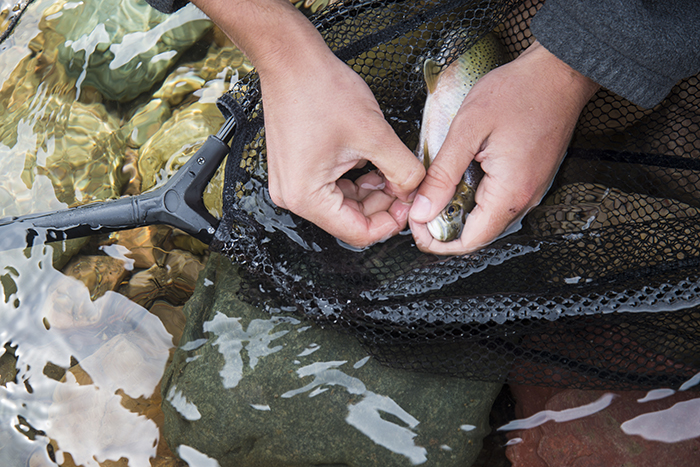
Before long, Brendon started tying his own flys. After reading an article about a 13-year-old Chinese girl who was destined to spend the rest of her life tying one of the smallest, hardest flys — a size-22 Parachute Adams — Brendon realized the serious problems within the fly-making industry.
“I didn’t want to contribute to that,” Brendon said.
He started watching Youtube videos and reading about how to make flys. He figured he would save money by making them himself, but soon realized he was wrong. Each fly includes at least four different materials, all of which Brendon buys from bait and tackle and craft shops.
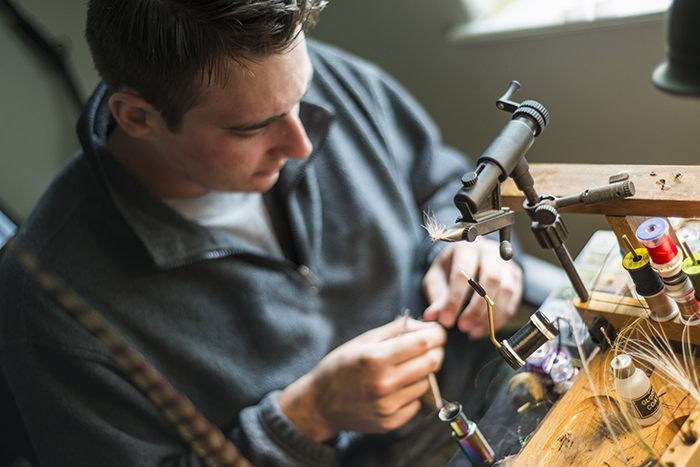
Different flies are meant to attract different kinds of fish, and depending on the size and weight of the fly, the bait will either sink deep under the water or skim just under the surface. The trick is to make the bait look as realistic as possible, and Brendon has spent countless hours online looking at pictures of bugs.
When making a fly, the first step is to clamp a hook in a vice and wind a thread of string around the hook a few times. The next step is to apply whatever combination of materials are required for the specific fly. Some flys are made with a combination of turkey feathers, peacock feathers, goose feathers, deer and squirrel hair, weights and beads.
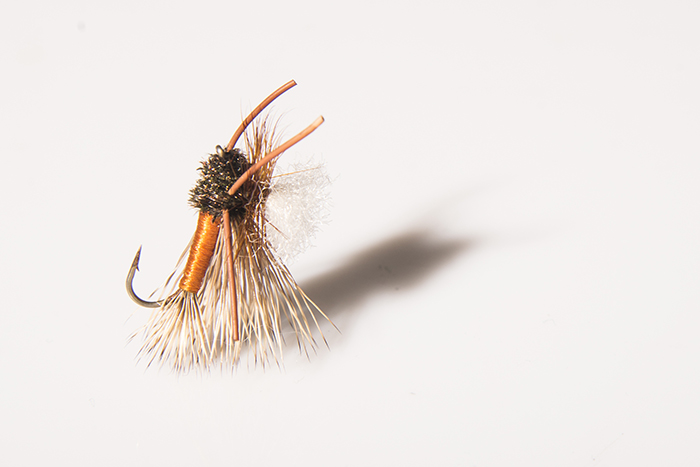
Fly making, like tagging, is an art form that doesn’t produce lasting results. But Brendon doesn’t mind knowing the flys he makes won’t last forever. Rather, he feels more connected to the river and the fish by putting his own personality and craft into his practice. He also stresses the importance of giving back to the environment.
“At the end of the day, you’ve got to realize you are stabbing the fish in the face and dragging them to you, and it’s a really stressful thing for the fish,” Brendon said. “You really have to make an effort to put some more good into the bad that you bring to the river.”
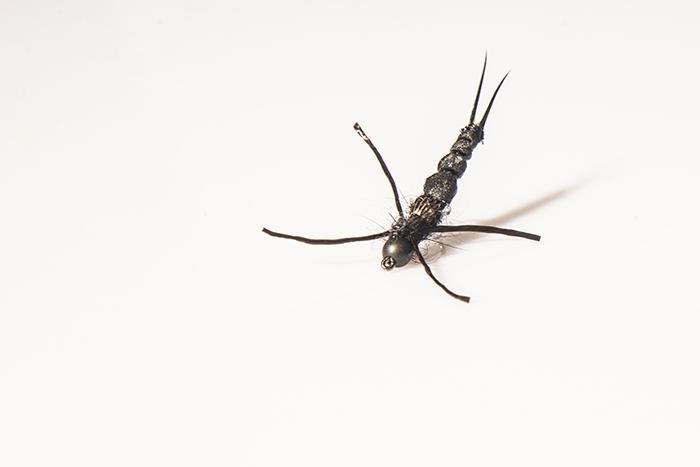
After a year in Missoula, Brendon misses the food in the Bay Area more than he does his nights of tagging buildings.
“The shit I used to do, it was only fun because there was an element of risk to it,” Brendon said. “Out here I can totally be myself and do what I want to do and fish. If I wanted to go back to it I totally could, but I like this much more.”
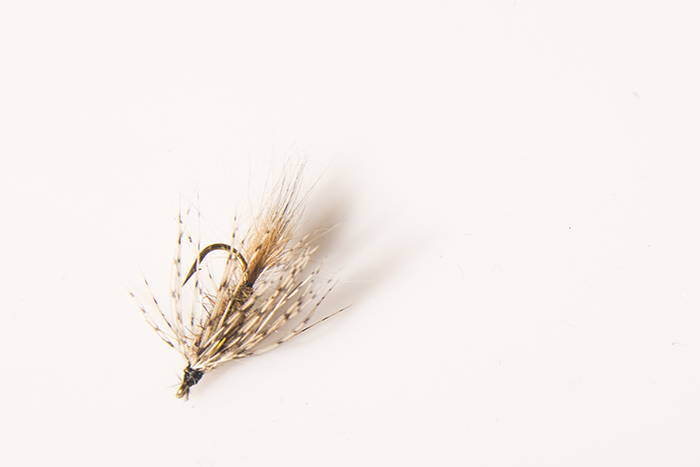
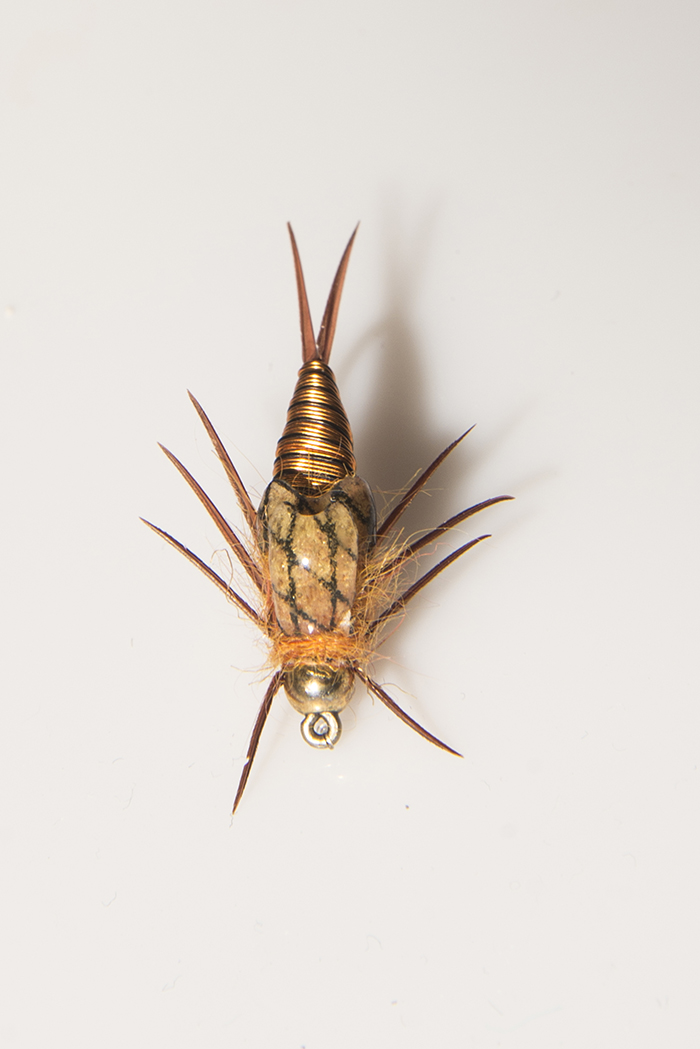

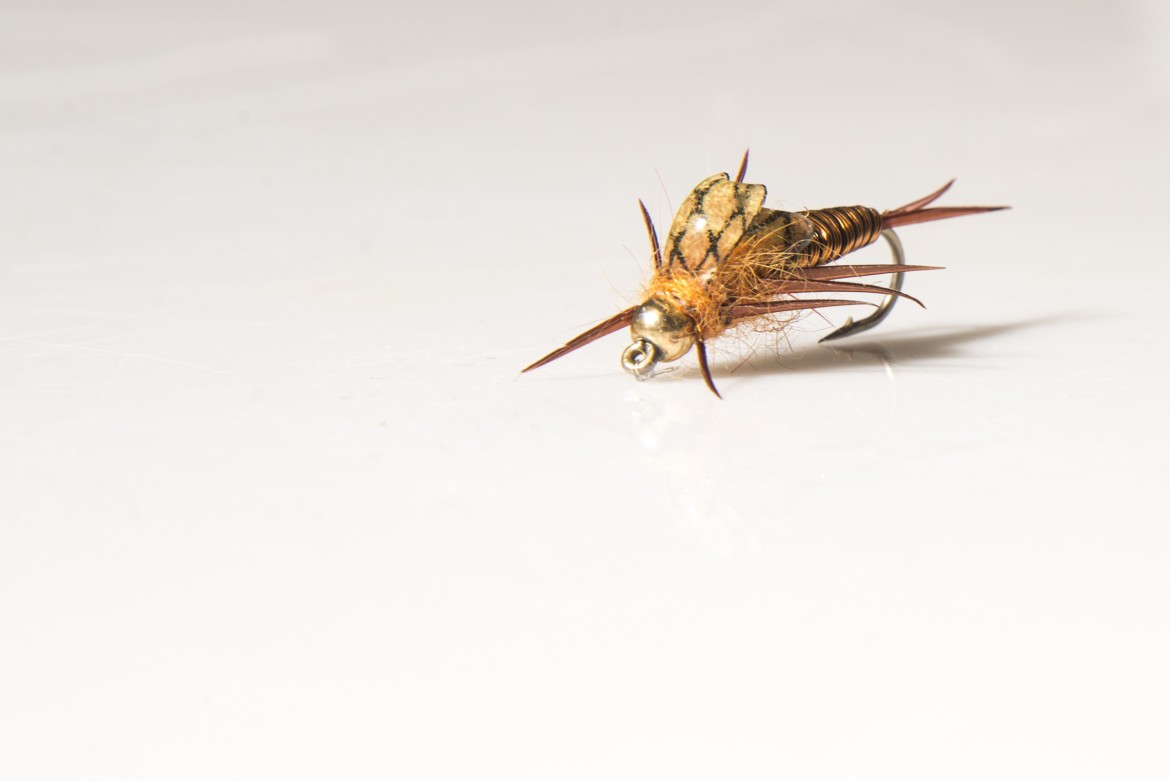






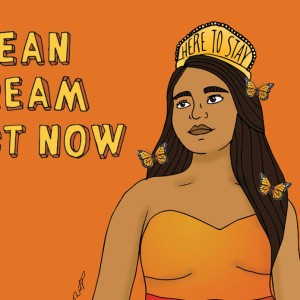
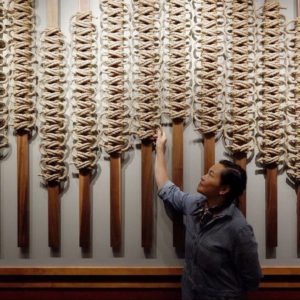

Leave a reply